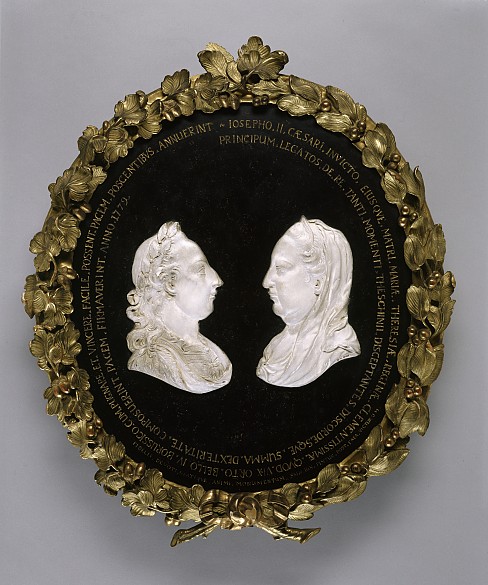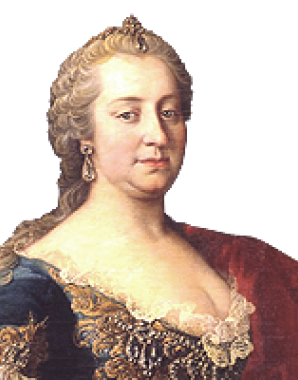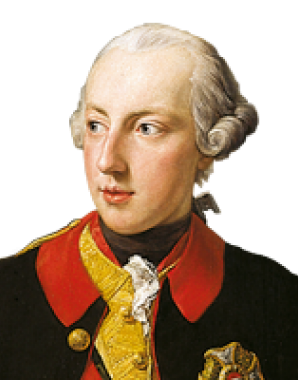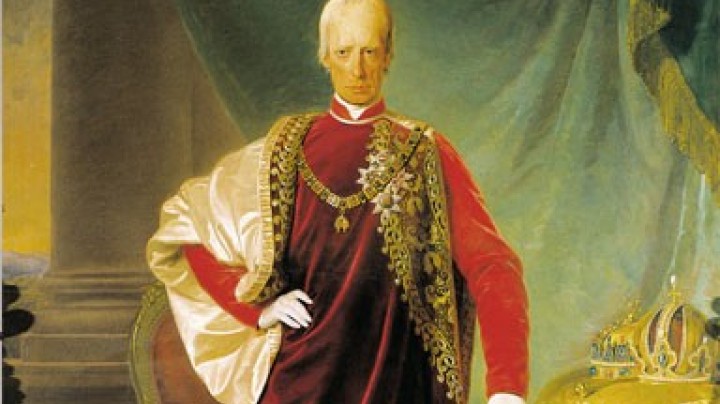Maria Theresa and Joseph II – a classic mother-son conflict?
Within the context of eighteenth-century politics, family conflicts came to have an increasing relevance and public presence compared to earlier epochs. This discord affected almost all areas of life.
This is exemplified not only by the family history of the Russian Romanovs, a dynasty that can be said to have suffered more than their fair share of tragedies, but also by the notorious conflict between the later Frederick II and his extremely strict father Frederick William I, who frequently humiliated his son as part of his upbringing.
In later years, the relationship between Maria Theresa and Joseph II increasingly revealed itself to be fraught by conflict. Joseph was the eldest son and thus heir to the dynastic throne. While at his birth in 1741 he was seen as the long-desired heir who had ostensibly overcome the crisis in the Habsburg succession, as a ruler, his obdurate convictions as regards reform ultimately resulted in a break with the attitudes of his mother, which while sometimes inconsistent were also more open to compromise. Joseph’s upbringing and education had been heavily influenced by the ideas of the Enlightenment, which shaped his character and increasingly led to his taking the opposite view to his often overly religious mother.
The conflicts that started to increase successively when Joseph – as Holy Roman Emperor from 1765 and co-ruler with his mother – began to enjoy political importance above and beyond the sphere of politics also reflected a deeply problematic situation on a human level, and eventually affected all issues of the state and its administration. Whereas Joseph made no secret of his increasing criticism of religion as the ideological framework of dynastic policy, his mother held fast to the end to the relevance of pietas Austriaca (‘Austrian piety’) as a family tradition and standard of value. While Maria Theresa had heartfelt ties to the end of her life with the Hungarians as the saviours of the dynasty in 1741, Joseph’s relationship with the kingdom was strained from the outset, not least as he had dispensed with a coronation with the Crown of St Stephen, which – to add insult to injury – he then ordered to be brought to Vienna. And finally, Joseph advocated the use of ruthless power politics – for example in the War of Bavarian Succession (1778/1779) with his claims to Lower Bavaria and the Upper Palatinate which his mother rejected from the bottom of her heart, particularly as a result of the deeply traumatic experiences she had suffered in the ‘fateful year’ of 1741. Nor did the conflict between Maria Theresa and her son, who was an admirer of Frederick II, truly end with the empress’s demise in 1780, for even after her death Joseph continued to pursue his reform project – especially in the sphere of religious policy – with unrelenting rigour.















